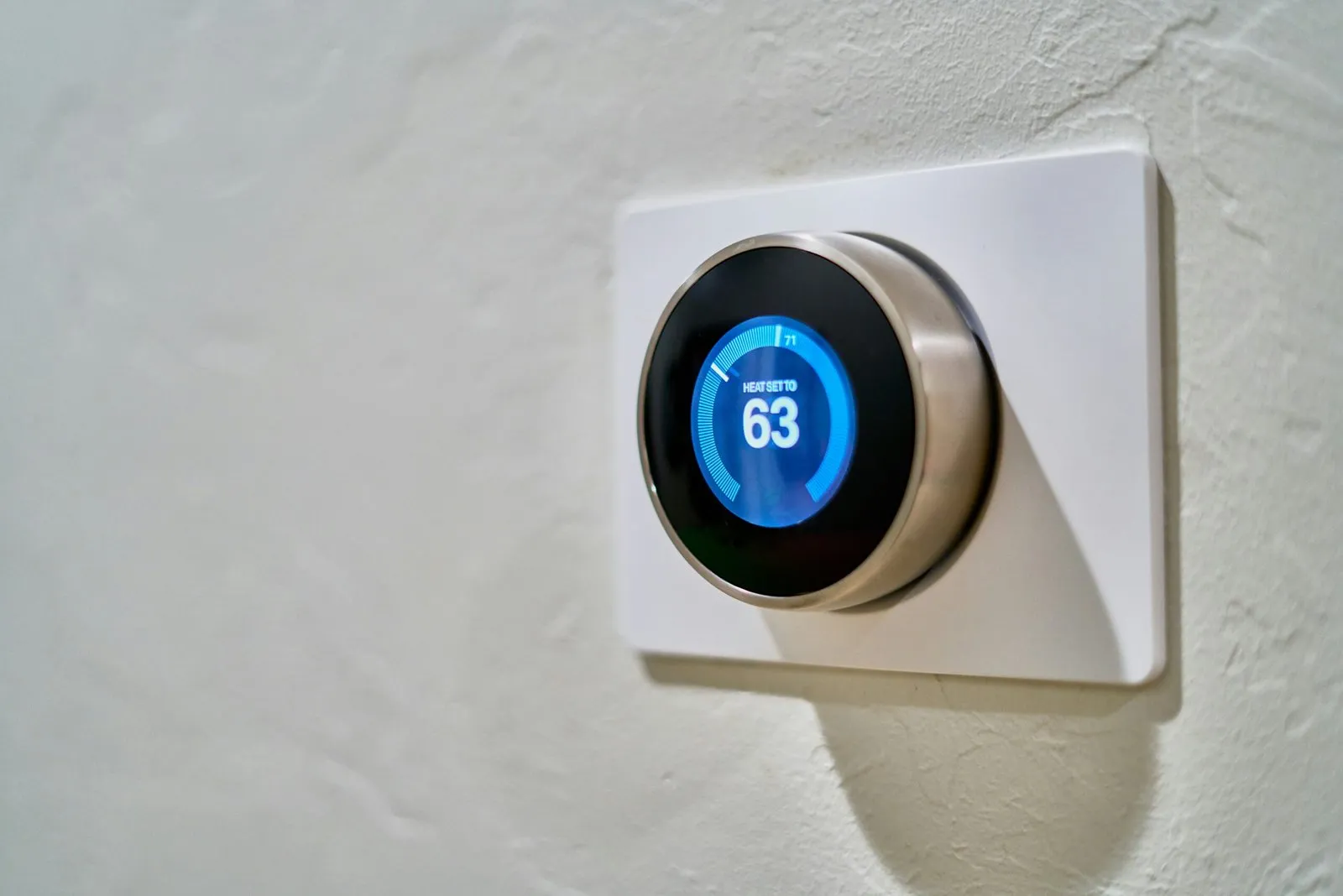
Understanding Smart Home Security Systems
Smart home security systems represent a significant evolution in the way homeowners protect their properties. Unlike traditional security systems, which typically rely on a series of wired connections and limited functionalities, smart home systems leverage wireless technology to offer enhanced versatility and control. These systems integrate a variety of components—such as sensors, cameras, alarms, and smart hubs—allowing for remote access and monitoring through mobile devices.
At the core of a smart home security system are the sensors that detect motion, opening doors, or breaking windows. These sensors communicate with the central hub, relaying real-time information about any detected event. Cameras, both indoor and outdoor, provide video surveillance that can be accessed remotely, ensuring homeowners can keep an eye on their property anytime, anywhere. Alarms contribute to the system’s reliability by emitting sounds to deter intruders and alerting homeowners to potential threats. Together, these components create a comprehensive security solution that enhances the safety of a home.
Smart hubs play an essential role by acting as the command center for the entire system, enabling users to manage all connected devices via a single interface. This integration allows for automation and customized alerts, offering users tailored security solutions. The importance of having a smart home security system in today’s digital age cannot be overstated. With an increasing number of home-related crimes, such systems not only provide substantial safety benefits but also contribute to peace of mind, knowing that one’s home is being monitored and protected in real-time.
Choosing the Right Devices and Components
When setting up a smart home security system, selecting the appropriate devices and components is paramount to ensuring comprehensive protection for your property. The market offers a wide array of options, each tailored to meet different security needs. One of the most essential components is the camera system, which can include both indoor and outdoor models. Indoor cameras can help monitor vulnerable spaces within your home, such as entryways or living areas, while outdoor cameras are crucial for deterring theft and monitoring the periphery of your property. Consider models that offer high-definition resolution, night vision capabilities, and cloud storage options for recorded footage.
Another fundamental device is the motion detector, which serves as an early warning system to alert homeowners of unusual movements. Various types of motion detectors are available, including passive infrared sensors and dual-tech sensors, which combine different technologies to reduce false alarms. It’s important to assess the placement of these detectors to maximize their efficiency, ensuring that they cover all potential entry points without unnecessary overlaps.
Smart locks are increasingly popular in modern security setups. These devices allow homeowners to manage access to their properties via smartphones, enhancing convenience and security. When choosing a smart lock, consider connectivity options (such as Wi-Fi or Bluetooth), ease of installation, and whether the lock integrates seamlessly with other smart home devices you may already have in place.
Alarm systems also play a crucial role in home security. Look for systems that provide real-time alerts, mobile access, and the ability to monitor multiple zones within your home. Additionally, assess your budget and compatibility with your existing devices, as these factors will greatly impact your final decision. By carefully evaluating these components, you will be better equipped to establish a secure smart home environment.
Installation and Setup Process
Setting up a smart home security system involves several key steps that ensure optimal performance and coverage. To start, it is essential to assess your home’s layout and identify key areas that require surveillance, such as entry points, windows, and high-traffic areas. Proper placement of devices is crucial; cameras should be positioned to cover wide angles without obstructions, while sensors need to be placed within range to effectively detect movement or breaches.
Once you have determined the ideal locations for your smart security devices, the next step is to connect them to your smart hub or mobile application. Most smart security systems come with a detailed instruction manual that guides you through the setup process. To connect the devices, ensure that your smart hub is properly plugged in and connected to your home Wi-Fi network. Following the manufacturer’s instructions, you will need to download the designated app and create an account if necessary. This application will allow you to manage all connected devices from a central interface.
After successfully connecting the devices, you can personalize your security settings through the app. This includes setting up alerts, notifications, and scheduling specific modes for different times of the day. For example, you can configure the system to “Home” or “Away” mode, ensuring that the appropriate devices are activated based on your presence. Installation challenges may arise, such as connectivity issues or difficulties in syncing devices. If you encounter such problems, consult the troubleshooting section of the manufacturer’s guidelines for potential solutions, or consider reaching out to customer support for assistance.
Overall, following these steps diligently will enable you to create a comprehensive smart home security system tailored to your specific needs, ensuring safety and peace of mind.
Monitoring and Maintenance for Optimal Security
Effective monitoring and maintenance are crucial components for ensuring the optimal performance of a smart home security system. To begin with, remote monitoring options provide homeowners with the ability to oversee their security system from virtually anywhere, making accessibility a critical factor. Many smart security systems offer mobile applications that allow you to view live feeds from security cameras, receive notifications about potential breaches, and even control devices, such as locks and alarms, remotely.
Moreover, setting up notifications for alerts plays an essential role in actively managing home security. Homeowners can customize alert settings to receive immediate notifications for events such as motion detection, doorbell presses, or environmental alerts like smoke or carbon monoxide warnings. This instant feedback enables prompt responses to potential threats, significantly enhancing security measures.
Regularly updating software and firmware for security devices is another vital aspect of maintenance. Manufacturers frequently release updates to address vulnerabilities and improve system performance. Homeowners should establish a routine to check for updates and apply them accordingly. Neglecting these updates may leave systems exposed to cyber threats, thereby compromising home security.
Additionally, the importance of routinely testing the system cannot be overstated. Conducting regular tests on alarms, sensors, and cameras ensures that all components are functioning as intended. This proactive approach helps identify areas that may require maintenance or repair, keeping the system at its peak efficacy.
Incorporating these monitoring and maintenance practices significantly contributes to the reliability of a smart home security system. By being vigilant and responsive, homeowners can maintain an effective defense against potential intruders, safeguarding both property and peace of mind.

